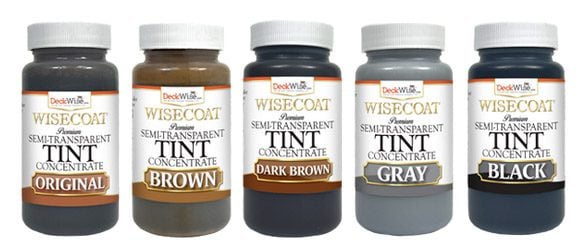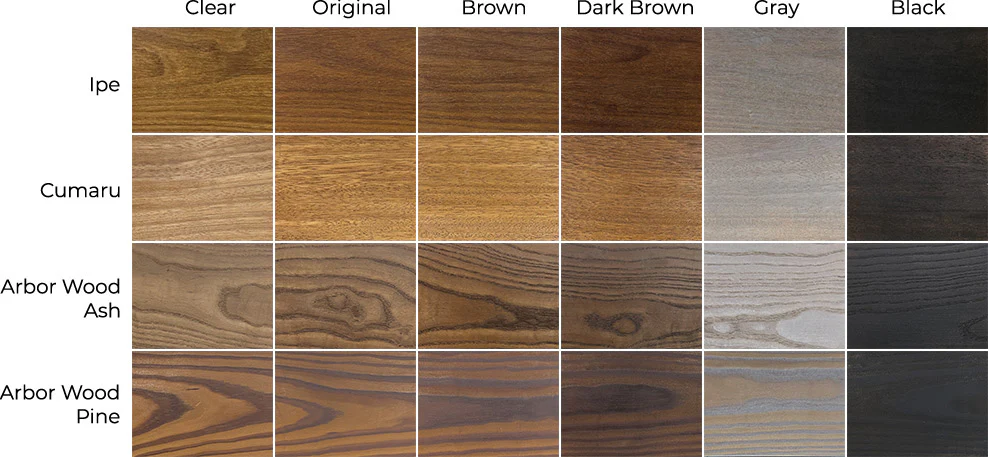Thermally modified wood has become an increasingly popular choice for decking, siding, and other outdoor applications. The process of thermally modifying wood involves heating it to high temperatures in a controlled environment, which changes its properties, making it more resistant to rot, decay, and insects.
However, despite these advantages, thermally modified wood is not without its challenges. In this post, we’ll explore some common problems associated with thermally modified wood, particularly focusing on the issues seen with certain species like Radiata Pine.
Additionally, we’ll discuss how sourcing your thermally modified wood from reputable suppliers like AdvantageLumber.com can help you avoid these pitfalls.
1. Varying Durability Across Wood Species
One of the most significant issues with thermally modified wood is the inconsistency in performance across different species. While the thermal modification process enhances durability in many types of wood, not all species respond equally well.
Radiata Pine, for example, has shown troubling results, with some reports of the wood experiencing rot and structural failure in as little as two years after installation. This has raised concerns among builders and homeowners, particularly when using thermally modified Radiata Pine in environments prone to moisture.
The picture below shows a thermally modified Radiata Pine product that was used in the Bay Park in Sarasota Florida not too far from the Siesta Key Beach. The thermally modified Radiata Pine was 2 x 6 material that was used in the Sarasota Bay Park and experienced severe checking, rotting and complete failure after only two years.

2. Increased Brittle Nature Leading to Cracking
The thermal modification process involves subjecting the wood to extreme heat, which can cause the wood to become more brittle. This increased brittleness can lead to surface checking and cracking, particularly in species that are already prone to these issues. Cracks in the wood can allow moisture to penetrate, further exacerbating the risk of decay. For species like Radiata Pine, which already struggle with durability, this can lead to rapid deterioration.
3. Moisture Sensitivity
Despite the intended moisture resistance provided by thermal modification, some types of wood can still absorb water, leading to swelling, warping, and rot. This is particularly true in softer woods like Radiata Pine, which have shown less stability and resistance when exposed to prolonged moisture. This sensitivity to moisture can cause significant problems, especially in climates with high humidity or frequent rainfall, where the wood may fail much sooner than expected.
To help greatly reduce the moisture issues we recommend using DeckWise WiseCoat wood sealer which is warranted to prevent long standing water accumulation for up to 10 years on vertical surfaces and 6 years on horizontal surfaces.

4. Maintenance and Aesthetic Challenges
Thermally modified wood often undergoes a noticeable color change during the modification process, resulting in a deeper, richer hue. However, without proper maintenance, this color can fade quickly when exposed to sunlight and the elements. The faded, weathered appearance can detract from the wood’s visual appeal, and if the wood is not properly sealed, it can lead to further issues with moisture ingress and surface degradation.
Luckily the DeckWise WiseCoat wood sealer is available with your choice of color tint that helps maintain your desired color in addition to repelling water. You simply mix the tint into the gallon, stir it real good and apply it to your thermally modified wood to enhance and protect the color.

Below you can see all the color options on Arbor Wood thermally modified Ash, Pine as well as Ipe and Cumaru.

5. Cost vs. Reliability
Thermally modified wood comes at a premium price due to the additional processing it undergoes. While this cost is often justified by the promise of increased durability and lower maintenance, the experience with certain species like Radiata Pine calls this into question. If the wood fails prematurely, as has been the case in some instances, the cost-benefit equation becomes problematic, leading to costly replacements and potential damage to the structures it was intended to protect.
A Reliable Alternative: Arbor Wood
Given the potential issues with thermally modified wood, particularly with species like Radiata Pine, it’s crucial to source your materials from a reputable supplier that offers more reliable options.
AdvantageLumber.com provides a solution from Arbor Wood thermally modified wood products. Unlike some other sources, Arbor Wood exclusively uses wood sourced from the USA, ensuring a higher level of quality and consistency as well as a lower overall carbon footprint.
Arbor Wood’s thermally modified products include clear and better Southern Yellow Pine and Ash, both of which have shown to be more reliable and durable compared to other species like Radiata Pine.
Southern Yellow Pine and Ash have demonstrated greater resistance to rot, decay, and moisture-related issues, making them a safer choice for outdoor applications.

Conclusion
While thermally modified wood offers several advantages, it’s essential to be aware of the potential problems, especially with certain species like Radiata Pine. These challenges highlight the importance of choosing the right type of wood and sourcing it from a trusted supplier. AdvantageLumber.com offers Arbor Wood products which has shown to be a dependable alternative, using high-quality, USA-sourced wood that has proven to be more durable and reliable. By making informed choices, you can enjoy the benefits of thermally modified wood with less chance of the associated risks.

My interest is in custom outdoor furniture. how would somthing like an Adirondack chair stand up to the stress of use and to the outdoor environment ie. rain/snow/sun?
It would hold up fine to rain snow and sun. We do recommend applying a oil or water based finish to help protect from the rain snow and sun which will help keep the wood looking new for years to come.